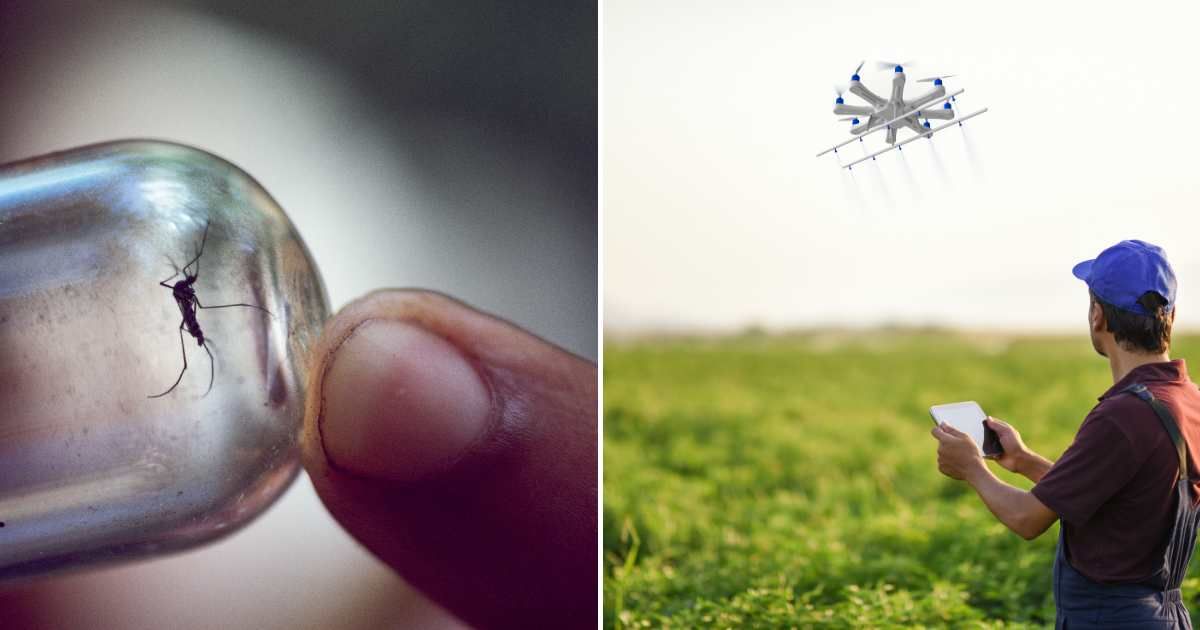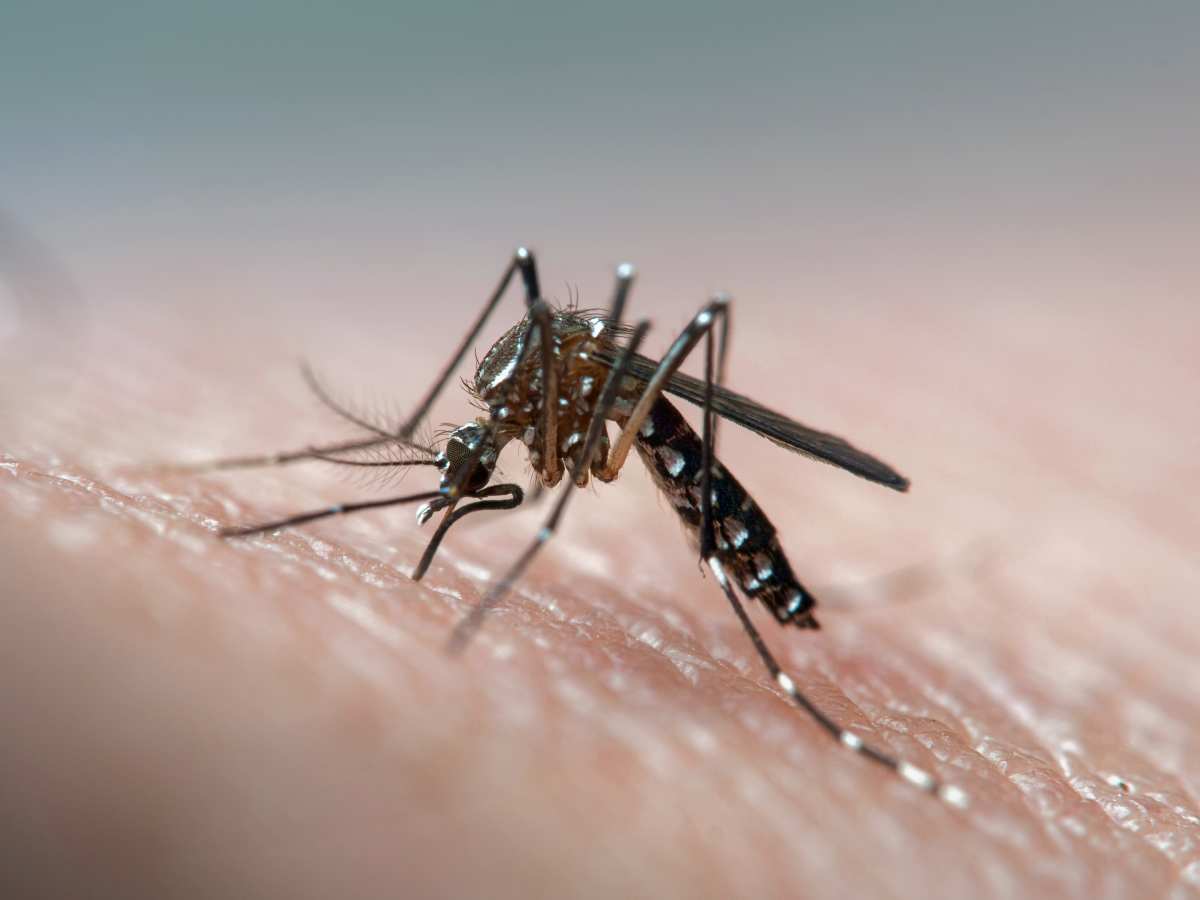Scientists Release Millions of Live Mosquitoes in Hawaii to Save a Bird Species From Extinction

Mosquitoes wreak havoc on humans and animals, acting as carriers to transmit deadly diseases. While many believe these parasitic insects should be eradicated once and for all, they do play a role in ecosystems for animals and pollinators. Currently, bird conservationists are worried about mosquitoes carrying avian flu, which is killing endangered songbirds in Hawaii. So, a team of bird conservationists at the American Bird Conservancy is leading a drone effort that deploys containers full of live mosquitoes from the sky in the forests of Maui and Kauai for the greater good of songbirds, per a Vox report.

Drones with mosquitoes fly over Hawaiian forests

Mosquitoes have caused more than a ruckus in the Hawaiian forests. They have led to the decline of one of the precious songbird species of the finch family, the honeycreepers. About 50 species of these birds once thrived; 17 have already gone extinct. The surviving species nest in higher altitudes where mosquitoes cannot survive due to low temperatures. However, climate change has allowed the disease-causing mosquitoes to migrate further, thus threatening the survival of the remaining honeycreepers. In a fight against the mosquito terror in Maui and Kauai, environmental organizations have teamed up to release containers full of mosquitoes into honeycreeper habitats. Fret not. The mosquitoes are lab-grown male ones containing a bacterial strain called Wolbachia.

Male mosquitoes do not bite but mate with the females for reproduction. Therefore, the males with Wolbachia will impair the reproduction of the female mosquitoes, forcing the eggs to never hatch. This method is called the incompatible insect technique (IIT). “What this does is it erects an invisible barrier so that these mosquitoes can’t get up to the forests where these birds remain,” said Chris Farmer, the Hawaii program director of the conservation group. Since 2023, 40 million male mosquitoes have been released into the forests of Maui and Kauai through helicopters. At present, drones are being extensively used to get the task done as the technology is more reliable and safer.
The extinction crisis in Hawaii

In the past two centuries, Hawaii has witnessed an extinction crisis like no other. The spread of non-native species like stray cats and feral pigs has led to a decline of life that were native to the region. Snails, birds, and other animals have now gone extinct, and scientists are trying everything in their power to bring the extinction to a halt. The spread of malaria amongst songbirds remains a recurring problem in the Hawaiian forests. One would imagine mosquitoes are common in forests, but Hawaii was once free of these blood-sucking pests until a whaling ship introduced them to the island.

A nonnative species, mosquitoes quickly spread across the forest, causing avian malaria in the state’s avian species. This became a major reason behind the rapid extinction of the birds. While the IIT method is reassuring, the researchers are not entirely sure about its nullifying effect on mosquitoes. Christa Seidl, the mosquito research and control coordinator at Maui Forest Bird Recovery Project, hinted that it’s too soon to tell as research goes on.
More on GreenMatters
People Are Making a ‘Bucket of Doom’ in Their Yards to Eliminate Mosquitoes — Even Experts Approve
Turns Out, Setting Up a Bird Feeder Can Get Rid Of Mosquito Problems In Your Garden
Fireflies Are Slowly Disappearing But a Small Change in Your Garden Could Bring Them Back at Night